Coming attractions
Kaila Imada previews Expo 2025 with a look at recently announced plans for the Japanese, Dutch, Swiss, and Korean pavilions
With only two years to go until the 2025 edition of the World Expo, Japan is gearing up to welcome the mega-event back to Osaka, the site of the country’s first and highly successful world’s fair back in 1970. Expo 2025 Osaka, Kansai, Japan, as it’s officially known, is scheduled to take place from April 13 to October 13, with a total of 142 countries and regions having confirmed their participation. The fair will be hosted on the artificial island of Yumeshima in Osaka Bay and is projected to welcome over 28 million visitors. With a plethora of sights, events and activities to look forward to, here’s an inside look at what Japan, the Netherlands, Switzerland, and South Korea have planned for their pavilions and participation at Expo 2025.
The fair will be hosted on the island of Yumeshima and is projected to welcome over 28 million visitors
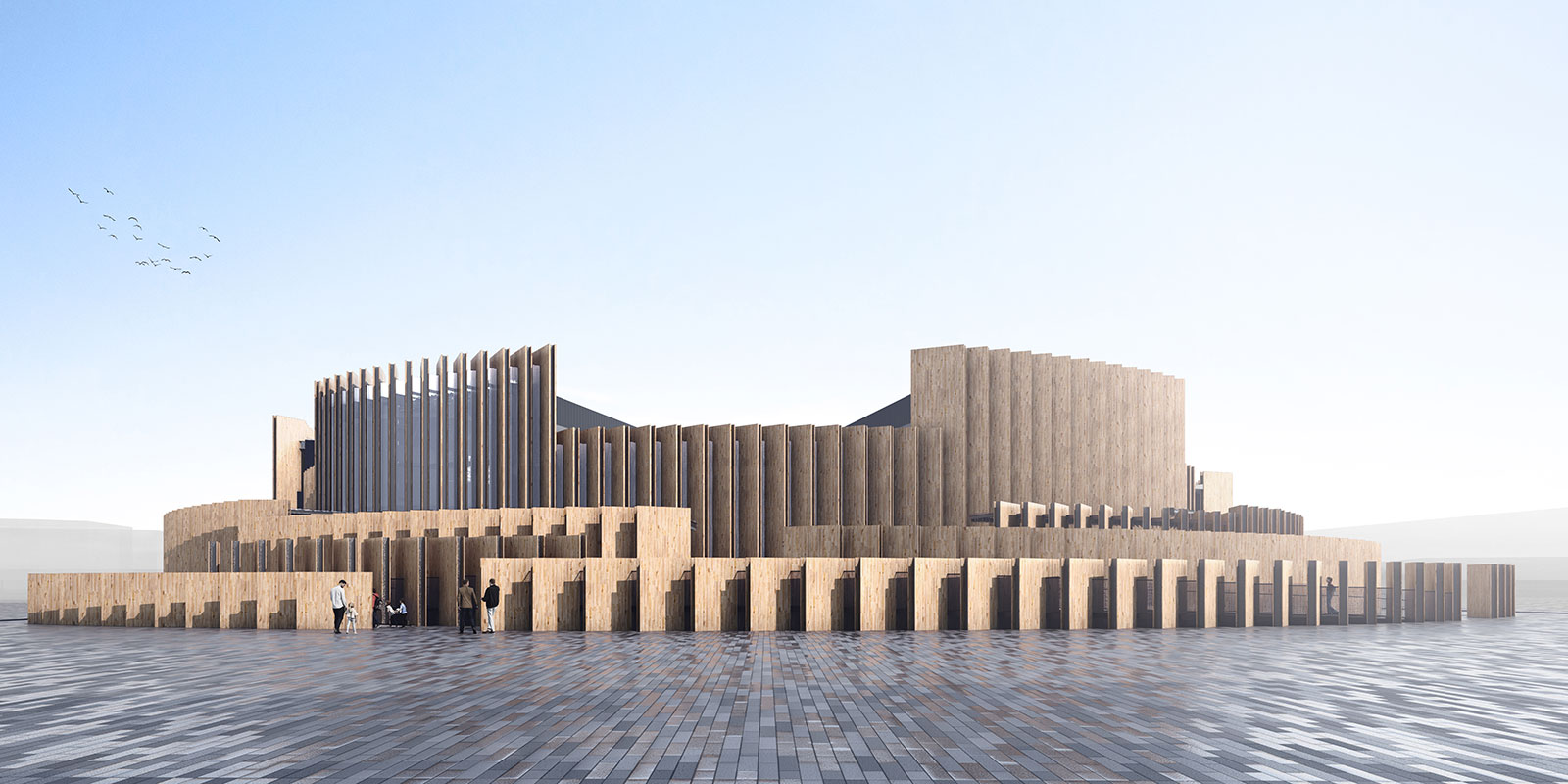 An artist’s impression of Japan’s Expo 2025 pavilion | Courtesy of Nikken Sekkei
An artist’s impression of Japan’s Expo 2025 pavilion | Courtesy of Nikken Sekkei
Japan
Japan has a long history with world expos. The country is one of the founding members of the Bureau International des Expositions (BIE) and has organized and hosted two successful World Expos. On top of these, it has also held a handful of specialized expos including events in Okinawa and Tsukuba. Now, Japan will be bringing the Expo back to Osaka, where the country’s love for these international extravaganzas was kindled back in 1970.
The original Osaka Expo was the first world’s fair to be held in Asia, with a total of 77 countries and regions participating in the event, including Japan. It had a massive turnout and ended up being the most visited Expo of the 20th century. Japan’s debut fair took place in the Osaka Prefecture city of Suita, in what is now called the Expo ’70 Commemorative Park, where some of the structures from 53 years ago can still be visited today.
The original Osaka Expo was the first world’s fair to be held in Asia, with a total of 77 countries and regions participating
Looking toward Expo 2025 Osaka, Kansai, Japan has announced plans for its pavilion. Architect and designer Oki Sato, whose oeuvre includes the innovative cauldrons used for the Olympic flame at the Tokyo 2020 Olympic and Paralympic Games, will be helming the project as general producer and designer, whereas architectural firm Nikken Sekkei will be handling day-to-day design duties. The pavilion will be a three-story structure made from highly durable cross-laminated timber that will also cover the exterior of the building. With sustainability being a key value of the Expo, the timber used will be leased for the event and then offered to local governments and businesses for reuse.
Focusing on the overarching theme of sustainability and a future human society in harmonious coexistence with the planet, the pavilion’s exhibition will be called “Between Lives.” The displays will seek to draw visitors’ attention to how we are all part of the living Earth and what that realization entails, with the hope of encouraging people to think of sustainability and ecological issues as something directly related to their everyday lives.
The Japan Association for the 2025 World Exposition has also shared plans for a “Signature Project,” which will take place across eight “signature pavilions” on the Expo grounds as well as in the form of events both online and offline. You can read more about this project here.
 Marc Kuipers, consul general of the Netherlands in Osaka and the commissioner general for the country’s display area at Expo 2025 Osaka, Kansai
Marc Kuipers, consul general of the Netherlands in Osaka and the commissioner general for the country’s display area at Expo 2025 Osaka, Kansai
Netherlands
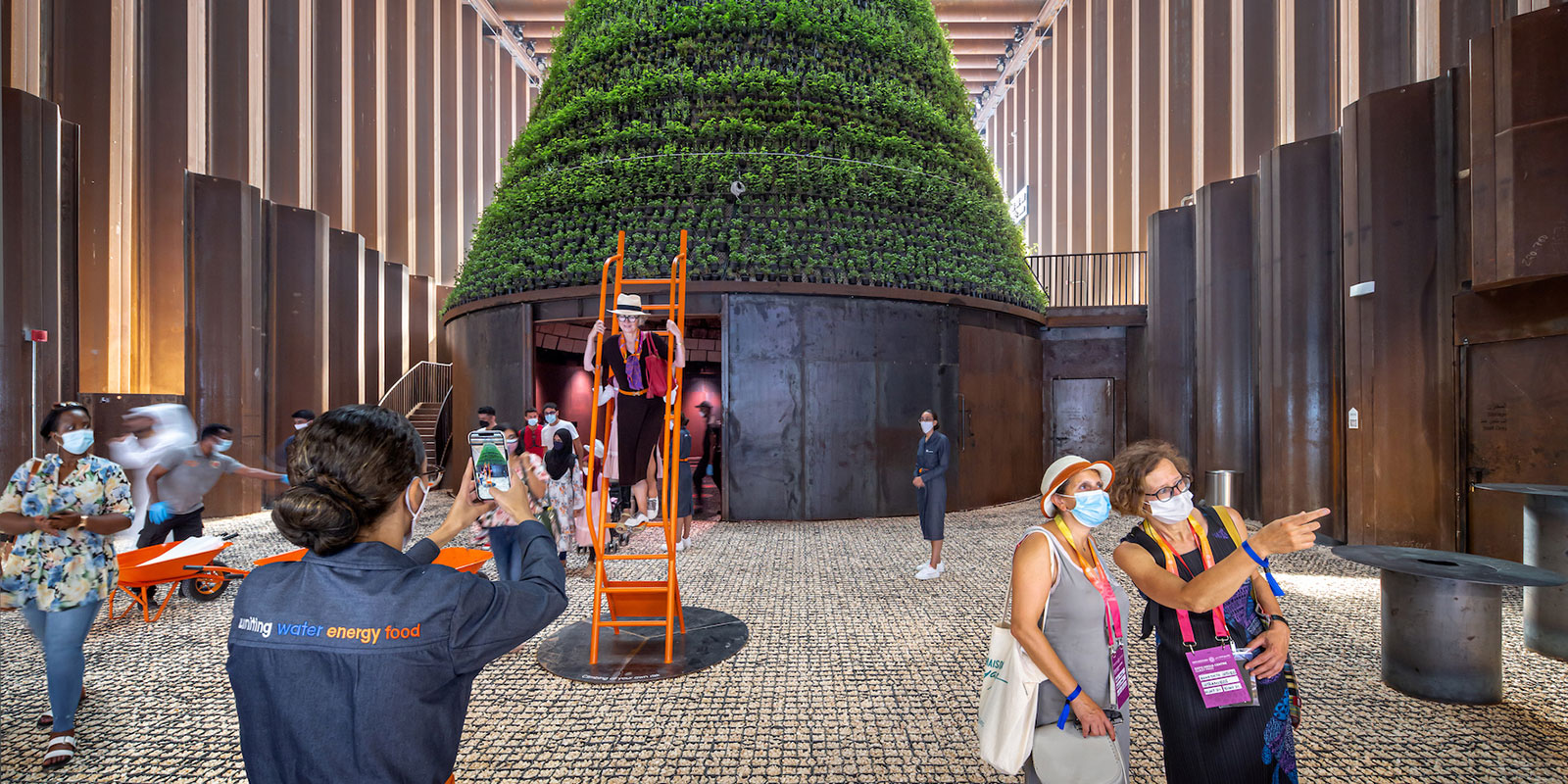
The Netherlands is also one of the founding members of the BIE and has participated in every single world expo since the very first fair in London back in 1851. As an active contributor to this worldwide event, the country has developed a real sense of the importance of the world’s fairs and how it can best represent itself on this global stage.
Most recently, the Netherlands had a grand presence at the Expo 2020 in Dubai, where the country took home a number of notable awards including the Sustainable Construction Project award for an innovative minimal-footprint pavilion. The structure was designed as a recyclable mini biotope with a naturally controlled climate where water could be extracted from the desert air. This water was then used to grow food and generate electricity using biodegradable solar panels. At the end of the Expo, all the materials were passed on to new construction projects or recycled, leaving nothing but the sand that was initially at the plot.
“The Expo is a platform where we can connect with the whole world to solve global challenges together,” says Marc Kuipers, consul general of the Netherlands in Osaka and the commissioner general for the country’s display area at Expo 2025 Osaka, Kansai. Additionally, he stresses that countries need to think on a global scale and work together to help resolve issues that affect the entire planet, including climate change and the importance of the energy transition in combating global heating. “Bring your best game to Osaka. Bring your best innovations, your brightest minds. Get them to contact people from other countries in order for them to learn from one another,” he adds.
Looking toward 2025, Kuipers has hopes that the Netherlands can deepen its relationship with Japan through its participation in the Expo. The country has had close ties to Japan for over 400 years, beginning with the arrival of the first Dutch ship on the shores of Kyushu in 1600. Kuipers says that thanks to the close economic relationship between the two countries, there are many strategic ways in which the Netherlands and Japan can work together to reach their goals during the upcoming Expo.
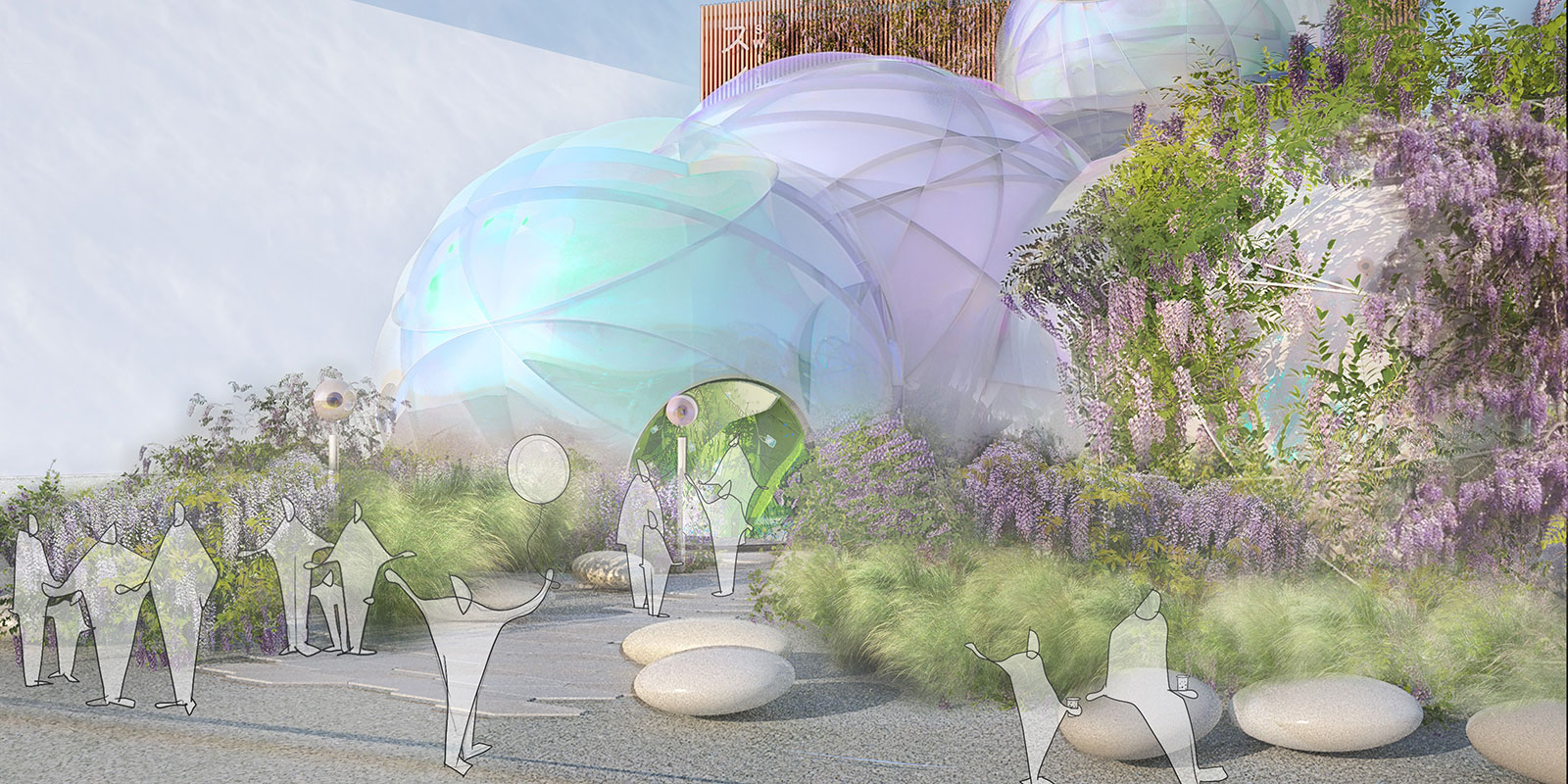 An artist’s impression of Switzerland’s Expo 2025 pavilion | © NÜssli - Herz - Bellprat, Manuel Salchli | ©FDFA
An artist’s impression of Switzerland’s Expo 2025 pavilion | © NÜssli - Herz - Bellprat, Manuel Salchli | ©FDFA
 Manuel Salchli, commissioner general of the Swiss pavilion at Expo 2025
Manuel Salchli, commissioner general of the Swiss pavilion at Expo 2025
Switzerland
Another founding member of the BIE, Switzerland has participated in the majority of world’s fairs including Expo 2020 Dubai and Milan Expo 2015. Following a successful showing in Dubai, the country hopes to engage with a high number of visitors and use Expo 2025 Osaka, Kansai as a platform to showcase Switzerland’s strengths in science, education, tourism, business, politics, and cultural diversity. “We have succeeded in establishing an attractive brand with the Swiss pavilion,” says Manuel Salchli, commissioner general of the Swiss pavilion at Expo 2025, adding that he is looking forward to deepening the Swiss-Japanese friendship further in Osaka.
Switzerland’s plans for 2025 focus on promoting the country as a leading innovation hub. The theme for its pavilion is “Innovative Switzerland,” and its exhibition will demonstrate how the country’s penchant for change contributes to sustainability and prosperity for its population. Innovations in business, science, and research will be displayed across three areas: “Life” will focus on nutrition, health, and the life sciences; “Planet” will highlight the environment, climate, and energy, and “Augmented Human” is expected to showcase robotics and artificial intelligence.
The entire pavilion will act as a “Living Lab” where visitors can “connect with nature and innovation.” With a focus on leaving the smallest ecological footprint possible, the finished pavilion will be one of the lightest buildings at the site and will be decorated with plants grown at local nurseries that will remove as much carbon dioxide from the atmosphere as was emitted during construction. The building itself will be made from recycled materials and will also be recycled once again—into furniture, for instance—after the Expo has finished.
Salchli points out that despite the distance between the two countries, Switzerland and Japan have a strong relationship and face similar challenges. In tune with this and leading up to the Expo, the Embassy of Switzerland and the Swiss network in Japan have launched a communication program known as “Vitality.Swiss.” The program provides a platform for dialogue and co-creation aimed at exploring solutions to climate change, aging populations, the challenges of digitalization, and global health issues based on the Swiss pavilion’s themes of life, planet, and innovation.
The entire pavilion will act as a “Living Lab” where visitors can “connect with nature and innovation”
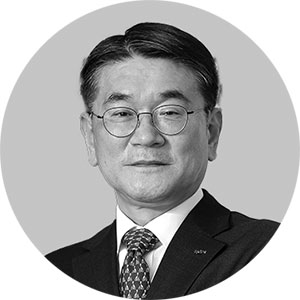 Choon-Woo Jun, an executive vice president of the Korea Trade-Investment Promotion Agency (KOTRA)
Choon-Woo Jun, an executive vice president of the Korea Trade-Investment Promotion Agency (KOTRA)
South Korea
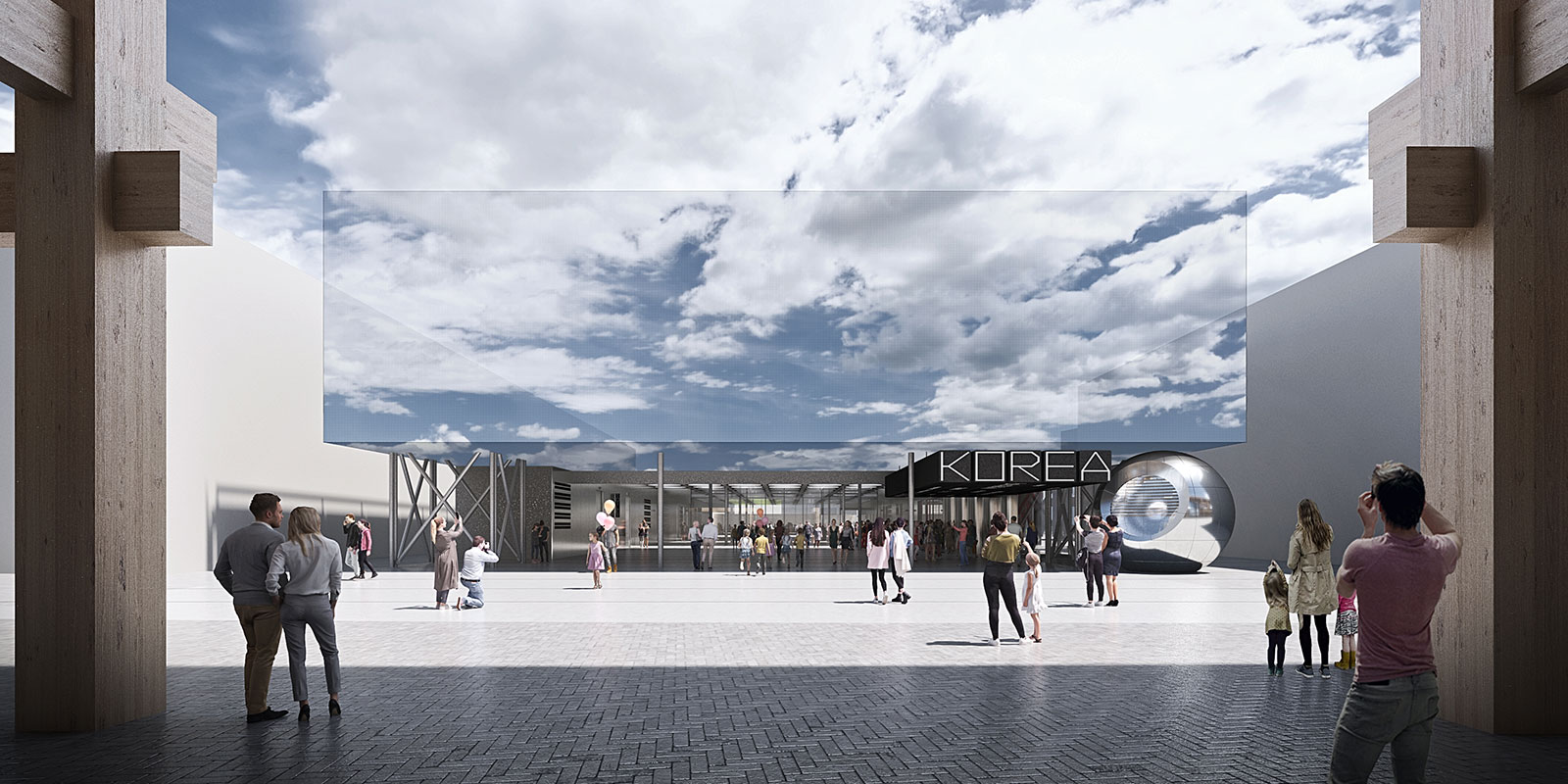
South Korea has had a long-standing presence at World Expos and is hoping to welcome the country’s first registered expo to Busan in 2030. The 1893 World’s Columbian Exposition in Chicago was South Korea’s first official appearance at an international fair and the country has been an active participant in every World Expo since the 1962 Century 21 Exposition in Seattle.
Thanks to the ever-growing interest in hallyu, otherwise known as the Korean Wave, South Korea has been able to attract an overwhelming number of visitors to its pavilions at World Expos. This is especially true for the fairs hosted in Japan, as hallyu has been a major factor in expanding the relationship between South Korea and Japan.
South Korea has decided to participate in the upcoming Expo 2025 Osaka, Kansai to continue and develop its relations between the two countries. As shared by Choon-Woo Jun, an executive vice president of the Korea Trade-Investment Promotion Agency (KOTRA), “Japan and Korea are geographically the most adjacent countries, and have long maintained a sustained cooperative relationship in diverse areas, not only economically, but also in cultural and personal exchanges.”
Jun also discusses some context on what people can expect at Korea’s 2025 pavilion as the country has chosen to work with the Expo’s sub-theme of Connecting Lives. “Through the Korea Pavilion, we would like to present our vision that Korea, Japan and the entire world are connected, that the past, present, and future are connected, and that a sustainable future society will only be realized when we are all connected.”
The design of the pavilion was selected through an architectural design competition in 2022 and South Korea is planning to hold a number of events at the upcoming Expo including a K-pop concert and other events to introduce Korean culture through food, drink and a range of other exciting experiences.